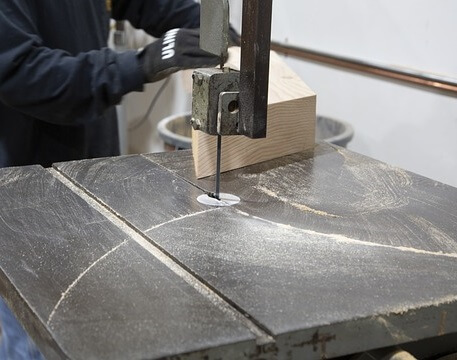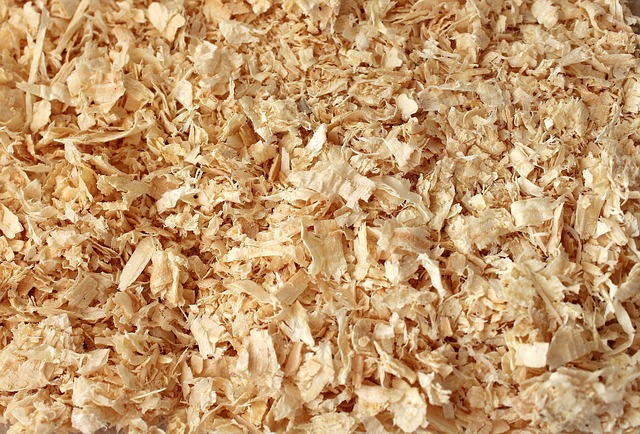
Dry dust is produced and emitted during machining processes like cutting, grinding, sanding, drilling, etc., and during the packaging and processing of vitamins, minerals, flour, herbs, and pharmaceuticals.
When high volumes of dust are transmitted in contained areas, there are high risks of safety and health injuries, chemical hazards, and cross-contamination issues. We offer two main solutions for effectively controlling these airborne particulates:
One widely used solution is dust collection systems featuring high performing industrial cartridge filters. These systems capture contaminated air at the source and filter it before recirculating clean air back into the facility.
Industrial cartridge filters consist of cylindrical filter elements made from specialized media that efficiently traps dry particulates as air passes through.
They offer compact designs, high dust-holding capacities, and easy maintenance compared to traditional baghouse collectors.
By sourcing filters directly from ACS, facilities can reduce their operating costs while still benefiting from the advantages of high-efficiency cartridge filtration for dust control. With proven product performance, we provide a cost-effective solution for controlling dry particulates in industrial environments.
An additional solution is air filtration systems designed to remove dry particulates from industrial air streams. These systems are typically distinguished by their filter configurations and overall system design. In industrial facilities where machining and process dust is present, air filtration systems boost the effectiveness of dust collectors by serving as a secondary solution for extracting and filtering airborne contaminants not collected by the primary dust collection systems.
Air filtration systems implement various filter types and media optimized for capturing dry dusts of different particle sizes and properties. From pleated filters to cleanable cartridges, the filter selection aims to maximize service life and filtration efficiency.
These systems offer benefits like improving indoor air quality, protecting personnel from dust exposure, preventing product contamination, and reducing emissions to meet environmental regulations. Properly designed, they minimize dust accumulation and optimize industrial processes.
Blue Ox air filtration systems are powerful enough to handle even the most demanding applications involving high volumes of dry particulates.
They work by drawing contaminated air through a series of high-efficiency filter media stages to effectively capture and contain dust and other pollutants, allowing only clean air to circulate back into the facility.

By continuously filtering the air, Blue Ox systems help improve safety by reducing personnel exposure to airborne contaminants. They also enhance overall health conditions within the facility by preventing dust buildup and maintaining higher indoor air quality standards.
Whether utilizing high-quality cartridge filters or a dedicated air filtration system, having an effective solution for controlling dry dusts is essential for industrial facilities. The optimal choice depends on factors like the dust characteristics, airflow requirements, space constraints and the facility's operational needs.
Call Us Today -or- Request A Quote! Request a Quote